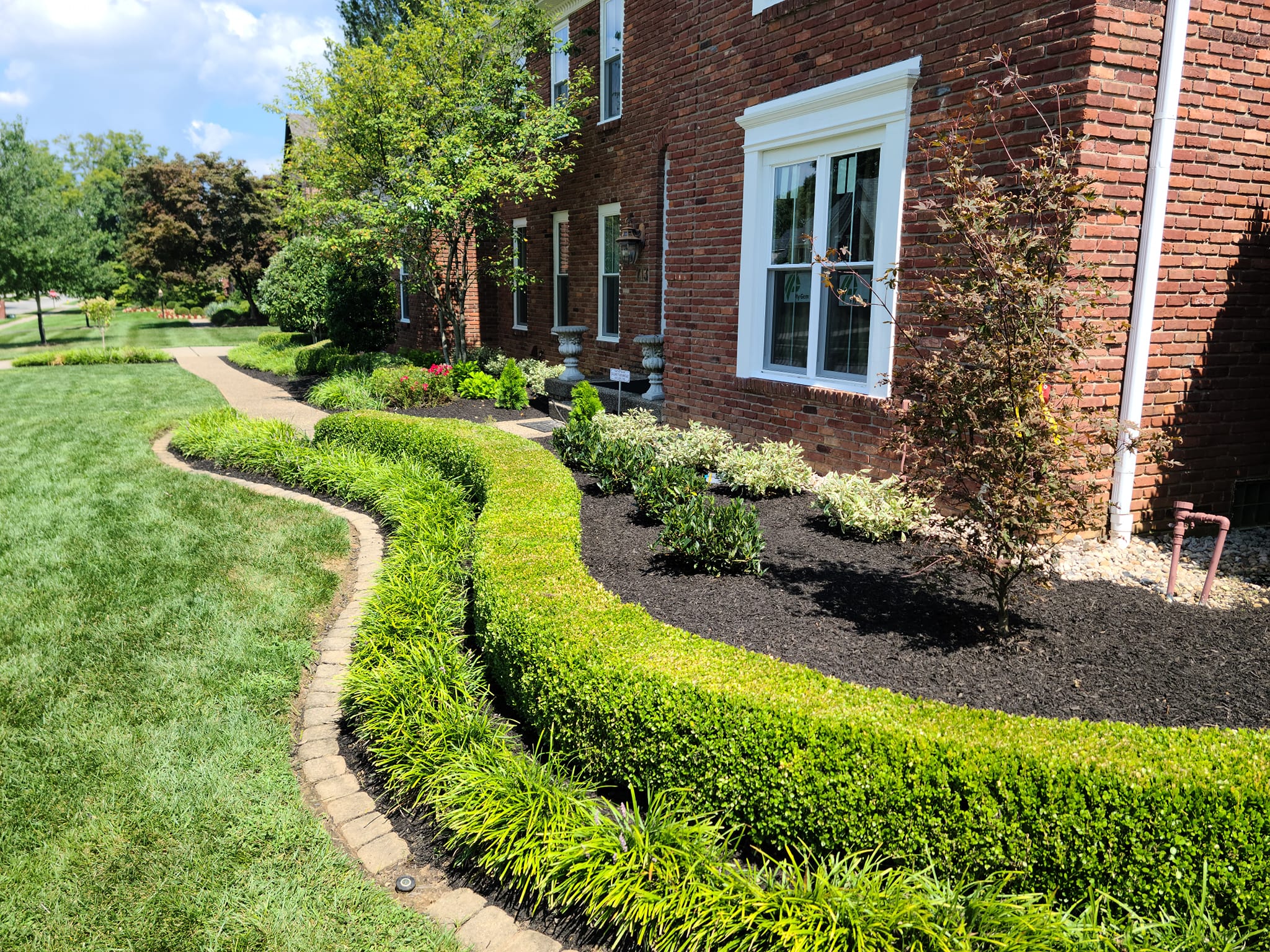
Transform Your Outdoor Living Space with Expert Hardscaping Tips Oct 25, 2025
Initially, it’s crucial to understand what hardscaping involves. Hardscaping refers to the non-living elements of your landscaping design, like patios, walkways, walls, and other structural features. These elements not only add aesthetic appeal but also contribute to the functionality and durability of your outdoor spaces.
Before you dive into your hardscaping project, assess the space you have. Take note of the sunlight patterns, soil type, and existing vegetation. Understanding these factors will help you make informed decisions about which materials and designs will work best for your setting. Whether you're installing a simple patio or an elaborate garden pathway, the groundwork should support your vision seamlessly.
One of the cornerstones of effective hardscaping is choosing the right materials. Opt for durable, weather-resistant options that suit your climate. Natural stone, brick, concrete, and pavers are popular choices. Each material offers unique benefits. For instance, natural stone provides a timeless aesthetic, while concrete can be cost-effective and versatile. It’s also worth considering permeable options that allow water to pass through, reducing runoff and promoting sustainability.
Incorporating different levels is another tip to maximize the visual interest and functionality of your space. By designing terraces or stepped gardens, you can create distinct areas for dining, lounging, or even a fireplace setup. This multi-tiered approach can also address slope issues, turning an uneven landscape into a stunning feature.
Functionality should never be an afterthought. Consider how the space will be used. If you're envisioning a spot for entertaining, ensure there’s ample room for seating and movement. Adding features like built-in benches can maximize space, especially in smaller yards. If your space will primarily be used for relaxation, think about the view and how the setup complements your lifestyle.
When planning your hardscaping design, integrating lighting solutions can significantly enhance usability. Strategically placed lights can highlight key features, improve safety, and create a welcoming ambiance. Solar-powered options are environmentally friendly and can reduce electricity consumption.
Plantings are essential to soften the hard edges of your design and add a touch of natural beauty. Choose plants that complement your hardscaping materials and require minimal maintenance. Incorporating native plants can offer advantages, such as reduced need for watering and increased resistance to pests.
Don't overlook the importance of drainage. Effective water management is critical to prevent erosion and damage. When installing patios or walkways, ensure they're slightly graded away from your home. Incorporating drainage solutions, like gravel beds or channels, can help manage water flow effectively.
Finally, consider future maintenance. Durable materials require less frequent upkeep, saving time and resources in the long run. Yet, occasional maintenance checks are valuable to ensure surfaces remain clean and safe.
Transforming your outdoor space through hardscaping requires thoughtful planning and execution. With these expert tips from All Seasons Property Maintenance, you can create a functional, beautiful environment that enhances your home's value and your outdoor enjoyment. Whether you take on a small project or a complete overhaul, the potential for elevating your landscape is endless. Embrace the opportunity to customize your surroundings into a reflection of your personal style and needs.
/filters:no_upscale()/media/4b6c051a-976e-4c4a-a502-b50946ecfff5.jpeg)
/filters:no_upscale()/filters:format(webp)/media/b2a675db-9dad-4f9d-9bf3-9a6e85ae5029.jpeg)